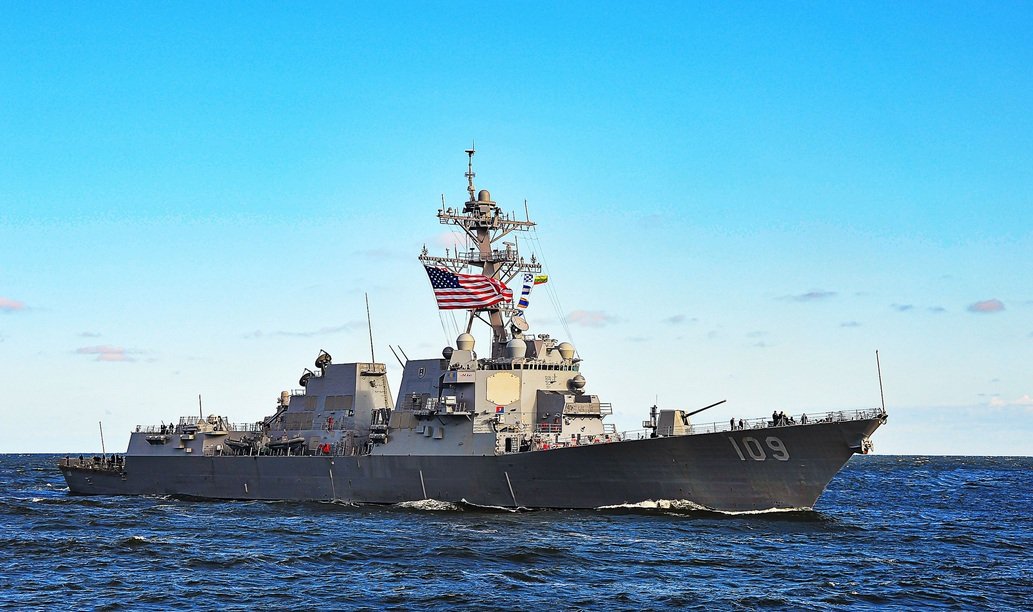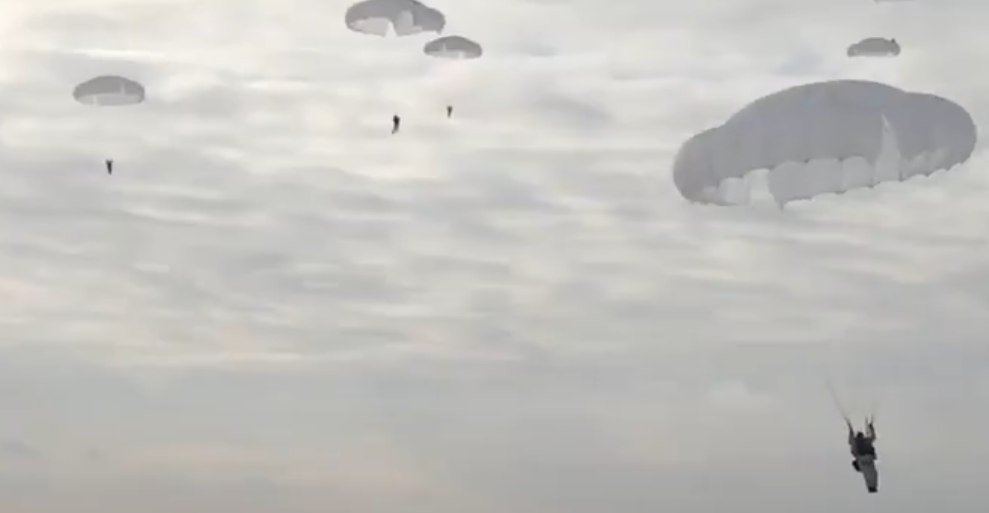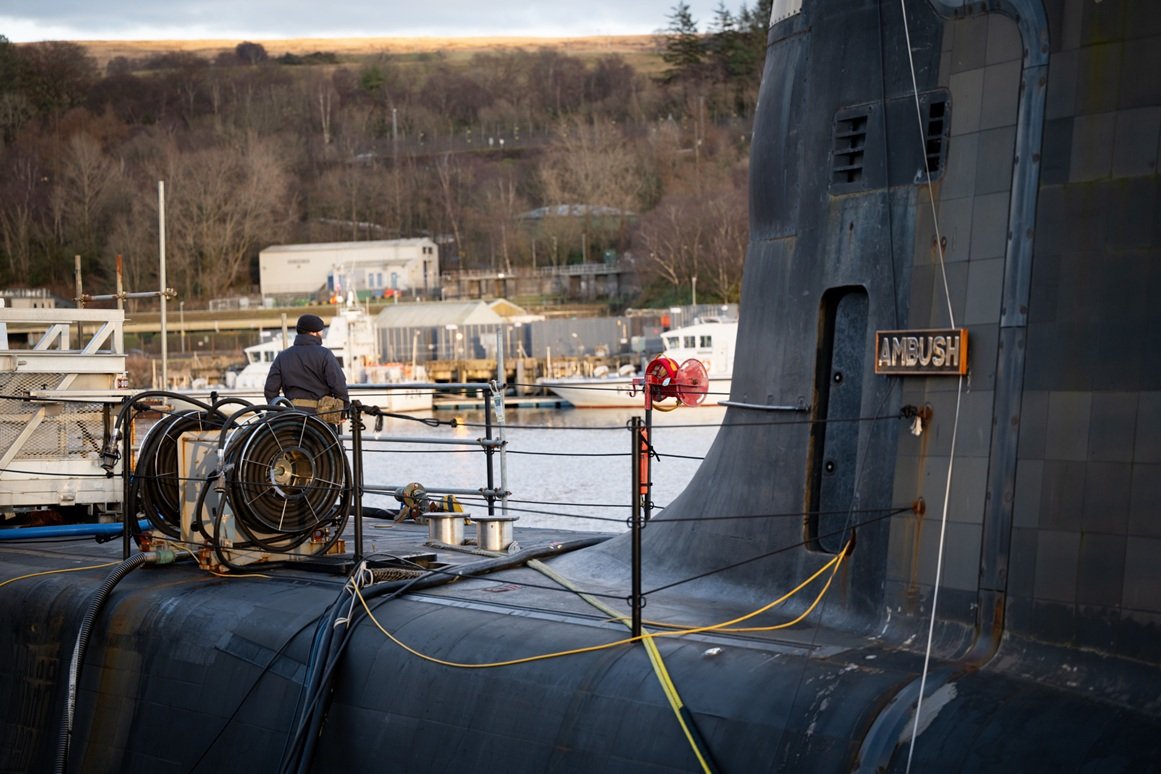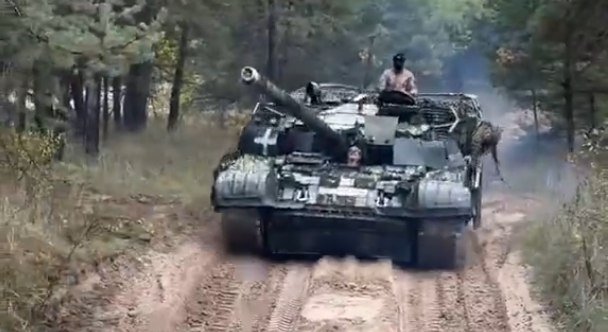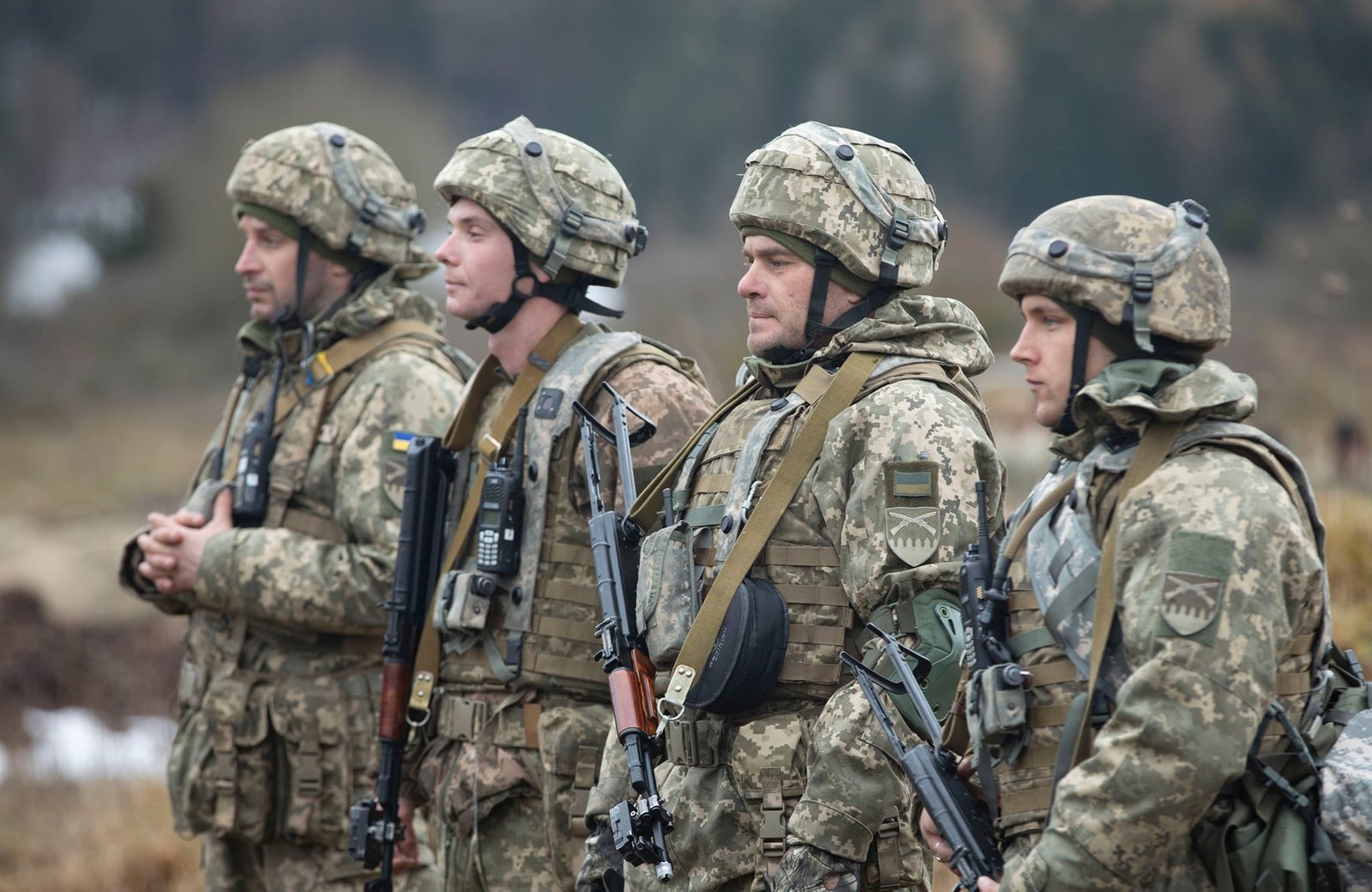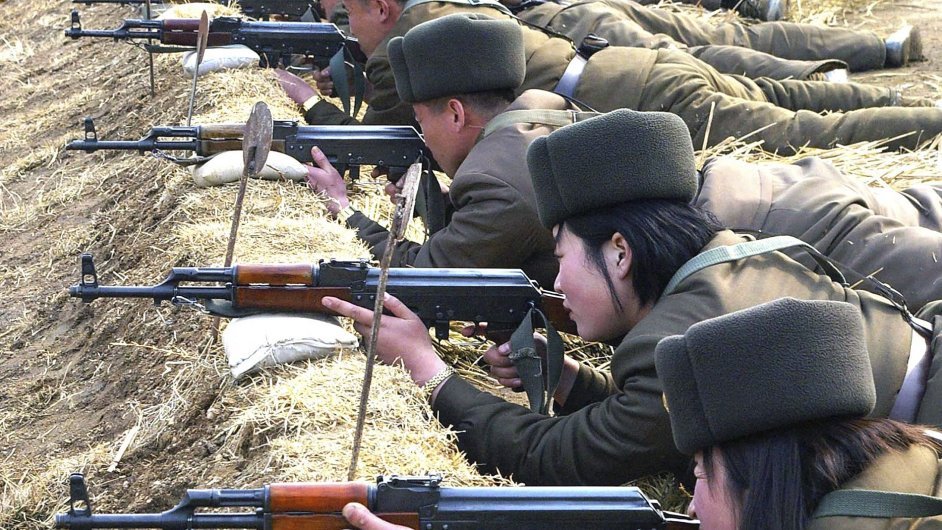
North Korean Army: Real Threat or Paper Tiger?
that’s how North Korea is imagined by many observers. Every ballistic missile test, every strong statement by leader Kim Jong-un, every military parade in Pyongyang raises the question of whether the world is really looking into the face of a dangerous aggressor or just a carefully staged show, the main goal of which is to maintain the regime and gain international concessions.
Since the end of the Korean War in 1953, North Korea has existed as a deeply militarized and internationally isolated state, which bases its security doctrine on the principles of self-defense, nuclear deterrence, and ideological self-sufficiency. Led by the Kim dynasty, the regime has gradually transformed into a totalitarian state, in which the army is not only the main pillar of power, but also the main instrument of domestic and foreign policy. The DPRK has long been operating on the brink of economic collapse, facing harsh international sanctions, and its population suffers from a lack of basic necessities – yet it maintains one of the largest active military apparatuses in the world.
In the eyes of the West – and especially the United States and its allies in the region – North Korea remains a chronic security threat. Regular ballistic missile tests, nuclear warhead tests, and erratic rhetoric from the top leadership fuel fears that the regime could at any time provoke a regional conflict with global repercussions. At the same time, however, a growing number of voices are drawing attention to the fundamental limitations of North Korea’s capabilities – technical, logistical, and economic – and questioning whether the DPRK actually has the means to wage a modern war. The issue of North Korea is thus a typical example of an asymmetric perception of the threat: while the technologically advanced world analyzes missile launches with precision down to the second, the DPRK itself uses this very interest as a tool of its survival strategy.
North Korea’s military capabilities
North Korea has one of the largest armies in the world in terms of personnel. The Korean People’s Army (KPA) is estimated to have around 1.2 million active soldiers and up to 6 million reservists in the militia and paramilitary system. However, this massive numerical superiority is deceptive – most of the equipment is outdated, training is limited, and logistical capabilities are very weak. For example, the Chonma-ho and Songun-915 main battle tanks are modifications of the Soviet T-62, while modern sensors, active protection, and digital systems are missing. Problems with maintenance and spare parts are common, mainly due to sanctions and chronic fuel shortages. The real threat is not so much conventional forces as artillery and rocket units. North Korea has thousands of guns and rocket launchers deployed along the demilitarized zone, which could hit densely populated areas of South Korea, including Seoul, in the event of a conflict. The most dangerous element, however, is North Korea’s missile and nuclear programs. In recent years, the regime has tested several types of ballistic missiles, including intercontinental ballistic missiles, such as the Hwasong-15 and Hwasong-17, which could theoretically reach the US mainland.
According to the UN, the DPRK conducted six nuclear tests between 2006 and 2017, the last of which was estimated to have a yield of up to 250 kilotons. It is unclear whether the DPRK has been able to shrink its nuclear warheads for use on ICBMs, but technological progress cannot be underestimated. Still, the North Korean military cannot be considered strong in the traditional sense. Technological backwardness, limited logistical capabilities, and the absence of real combat experience mean that the DPRK is not prepared to wage a long-term conflict with a technologically advanced adversary. The strength of the North Korean armed forces lies not in their ability to win on the battlefield, but in their potential to inflict irreparable damage in the first hours of a conflict. It is a threat that has primarily a psychological and political dimension – and that is why it is so effective.
Economic Reality and Technological Limitations
North Korea has long faced deep structural economic problems that severely limit its ability to wage modern warfare. Isolation from the global financial system, lack of investment, weak infrastructure, and reliance on limited exports (particularly coal, textiles, and labor) create an environment that barely allows it to maintain basic state functions, let alone a modern military. The economy is highly centralized and distorted by a rationing system, and official data is unreliable. The South Korean central bank estimates that North Korea’s GDP will fall by 1.7% in 2023, despite some recovery after the pandemic. This economic weakness has long been seen as a natural barrier to the more dangerous North Korean threat. The regime has struggled to acquire advanced components, satellite technology, and missile electronics, has faced an embargo on dual-use technologies, and has relied heavily on Chinese “gray zones” for trade. The result was limited accuracy of ballistic missiles and dependence on outdated Soviet designs. However, this technological vacuum is beginning to be eroded by a new wave of cooperation with Russia, which has significantly deepened since 2023 in the context of the war in Ukraine.
Both sides have found common interests in an increasingly isolated international environment: North Korea supplies Russia with ammunition and artillery shells (especially Soviet-made 152 mm caliber), in exchange for advanced components, know-how and possibly even technological assistance in the field of satellite systems and missile launchers. According to reports from South Korean and American intelligence services, the DPRK has received technologies from Russia that were previously unavailable to it – in particular components for gyroscopes, aircraft engines and satellite optics. The launch of the Malligyong-1 military spy satellite in November 2023 may have been the result of this exchange. This technological backdoor potentially changes the balance: the DPRK can partially break free from the isolation imposed by UN sanctions and rebuild its development capabilities. Although the North Korean economy remains essentially dysfunctional, the regime is adapting through a targeted militarized exchange – raw materials and ammunition for technology. The result is not prosperity, but an asymmetric modernization leap that could significantly increase Pyongyang’s strategic relevance in the years to come.
Threat or Paper Tiger? Critical Assessment
The question of whether North Korea is a real threat or just a paper tiger cannot be answered unequivocally – because the answer depends on how we understand the word “threat”. If we define it as a direct military threat in the form of invasion or mass attack, then North Korea is probably not such a threat. Technological backwardness, economic weakness, strategic isolation and structural inability to wage a long-term conventional conflict make it a regime with limited offensive capacity, whose power is largely illusory. In the classical sense, a paper tiger – strong only in words, not in deeds. However, a different situation arises when we understand the threat as an asymmetric and psychological tool. In this context, North Korea proves to be a highly effective actor that can provoke geopolitical tension with minimal resources. The nuclear program, although limited, has a strong deterrent effect, and the regime’s ability to manipulate tension provides it with a power influence that exceeds its objective capacities. Pyongyang is not playing to win the war here, but to win attention – and in this respect it often surpasses even regional powers.
Another worrying aspect is the instability of the regime itself. As historical examples show (e.g. Iraq, Libya), a closed authoritarian state with a sense of threat and nuclear capacity can act unexpectedly in an extreme situation. This is precisely why the threat from North Korea cannot be completely downplayed. It is not a classic military power, but a regime capable of causing disproportionate damage – and at the same time destabilizing the region through disinformation, cyberattacks, or crisis escalations. It is a “black swan” threat: unlikely, but with potentially devastating consequences. In conclusion, North Korea is not a paper tiger in the traditional sense, but rather a paper predator – fragile, but dangerous precisely because it plays by its own rules. Its greatest strength lies not in tanks or missiles, but in its ability to turn the threat itself into a major policy tool. The world should not panic, but at the same time it should not be deluded that Pyongyang is no longer a problem – because even the most fragile weapons can be deadly if handled properly.


Max Bach



